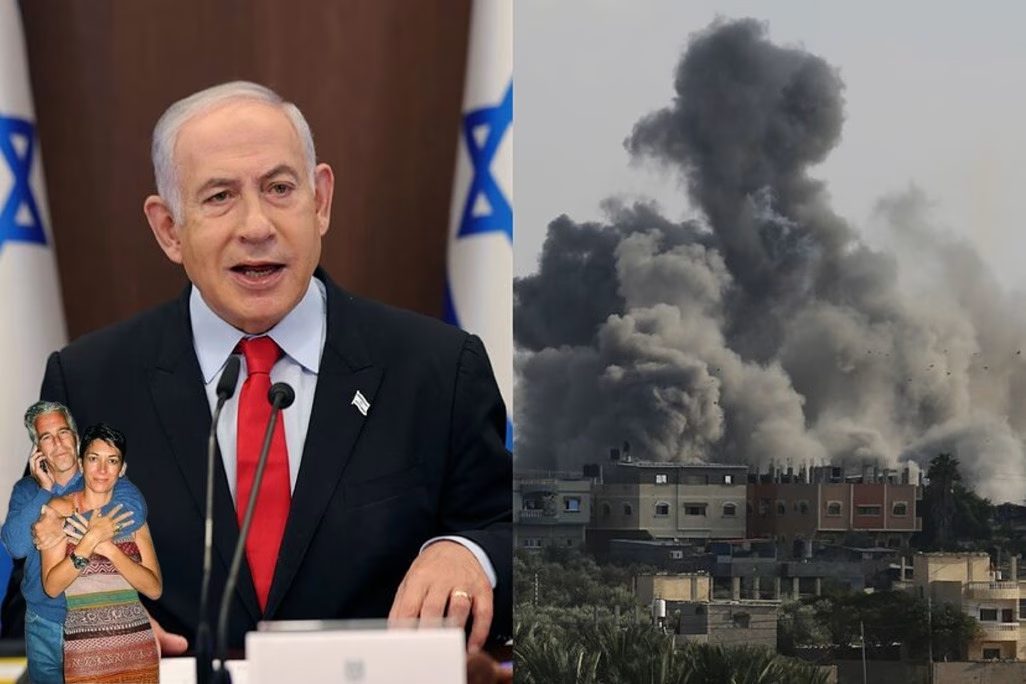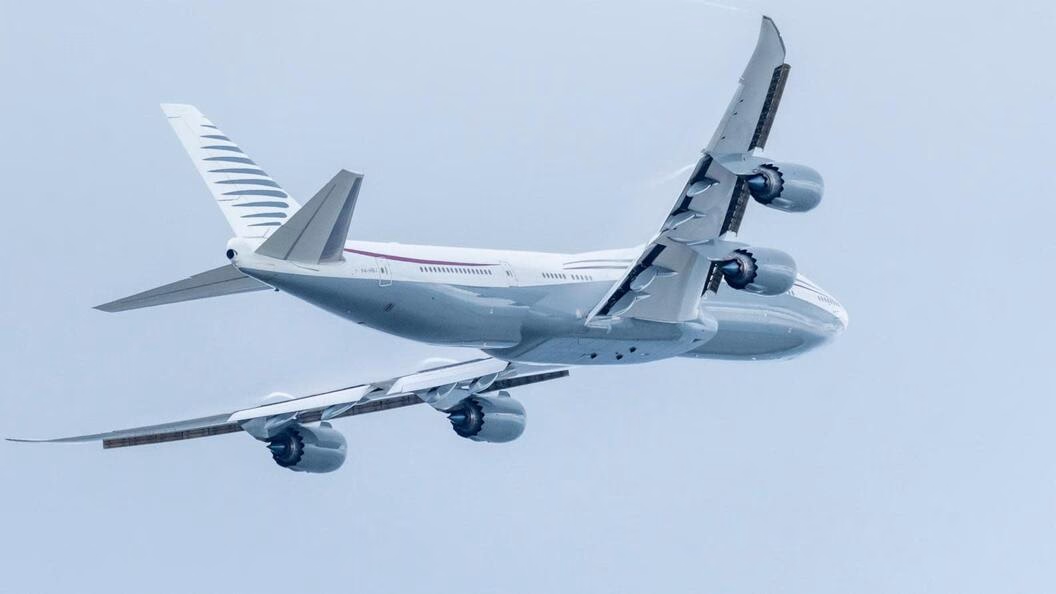By Tony Bruce | Thursday, March 27, 2025 | 3 min read
WASHINGTON – Explosive leaked communications reveal a stunning breakdown in U.S. national security protocol, showing President Donald Trump completely absent from critical decision-making while his administration greenlit deadly airstrikes in Yemen—all as he spent the day at his Florida golf club.
The bombshell Signal app group chat, which included top national security officials, military leaders, and even an accidentally added journalist, exposes an alarming ad-hoc chain of command where subordinates guessed at Trump’s intentions rather than receiving direct orders.
The leaked messages, dated March 11th, show Defense Secretary Pete Hegseth detailing precise military plans—including F-18 fighter jets, Tomahawk missiles, and drone strikes—while Trump was nowhere to be found in the digital exchange.
Instead, the decision-making played out like a chaotic group chat:
- National Security Advisor Michael Waltz, in Saudi Arabia, mistakenly added Atlantic editor Jeffrey Goldberg to the classified discussion.
- VP JD Vance texted objections from an economic meeting in Michigan: “I think we’re making a mistake.”
- Stephen Miller, Trump’s senior advisor, abruptly declared, “As I heard it, the president was clear—green light.”**
The Yemen leaks expose a terrifying truth: Trump’s team doesn’t need him to start a war—they just need to claim he approved it. Canada should be on high alert.”
“Remember: These are the people who tried to buy Greenland. Now imagine what happens when they stop asking nicely.”
But where was Trump?
Photos and motorcade logs confirm he was at Trump International Golf Club in West Palm Beach, wearing a hat with his own signature and appearing to take no active role in the operation.
The leaked chat also reveals chilling real-time reactions to the strikes, which the Houthis reported killed 53 people, including women and children:
- After Hegseth confirmed a “high-value target” was hit in an apartment building, Vance responded with a single word: “Excellent.”
- No discussion of civilian safeguards or collateral damage appears in the logs.
A National Security Free-for-All
The revelations raise unprecedented concerns: Who actually authorized the strikes? The President is required to give direct orders for military action—yet Trump’s only “approval” came via Miller’s vague assertion. Why was a U.S. envoy meeting Putin while added to the chat? Steve Witkoff, Trump’s Middle East envoy, was in Moscow the same day Russian hackers were known to be exploiting Signal vulnerabilities. Did Trump even know the details? The chat shows officials debating what he might have wanted—not what he explicitly commanded.
“This Isn’t How Command Works”
National security experts are sounding the alarm.
Retired Air Force Lt. Gen. Richard Newton condemned the leak as a “massive security failure,” warning it exposes dangerous vulnerabilities in top-level military communications.
Though the exposed strike plans didn’t derail the mission, Newton stressed the risks of sensitive intel slipping into public view.
Former Navy pilot Matthew “Whiz” Buckley called it an “avoidable blunder” but downplayed operational impact—”The mission would’ve proceeded either way.”
Legal analysts warn the leaks could trigger investigations into: Dereliction of duty (Trump’s absence) Improper classification handling (discussing strikes on an unsecured app) Possible violations of the Rules of Engagement (no clear civilian protection measures)
White House Silent
The Trump camp has not denied the chat’s authenticity but dismissed concerns, calling it “a nothingburger.” Meanwhile, the Pentagon refuses to comment on “ongoing operational security matters.”
One question remains louder than ever: If the Commander-in-Chief wasn’t calling the shots—who was?
YOUR REACTION? Should Trump be held accountable for this breach? Comment below!
Copyright 2025 FN, NewsRoom.






